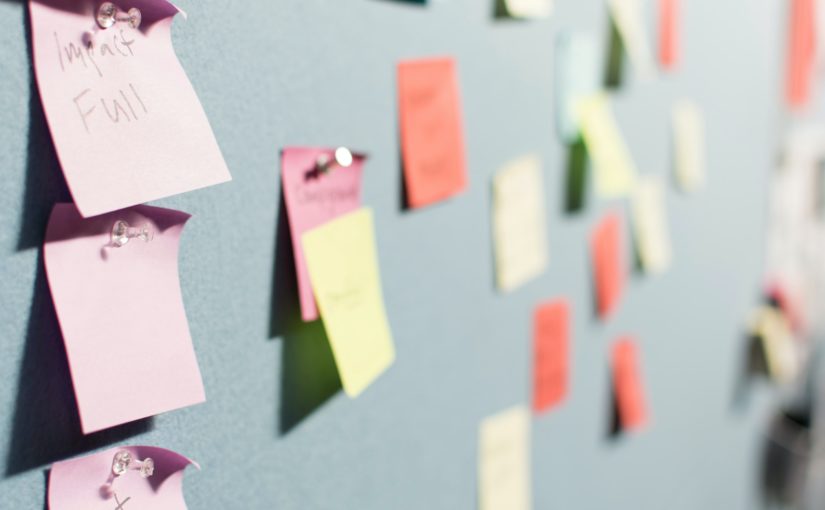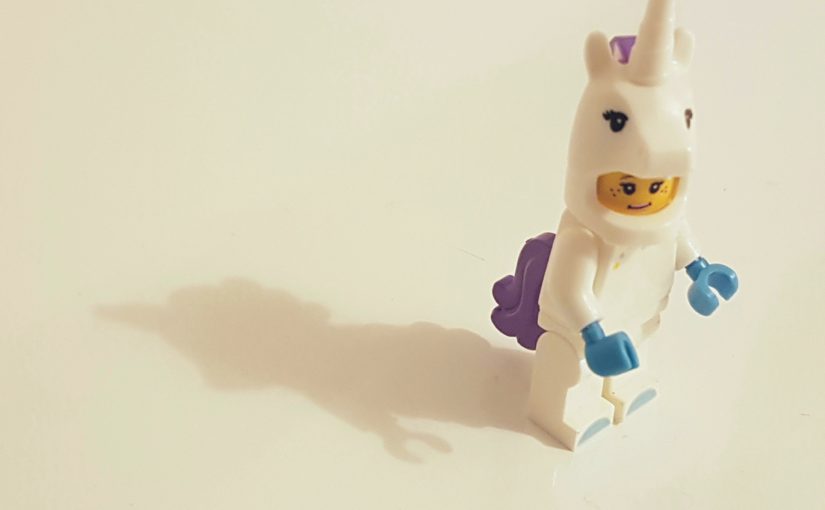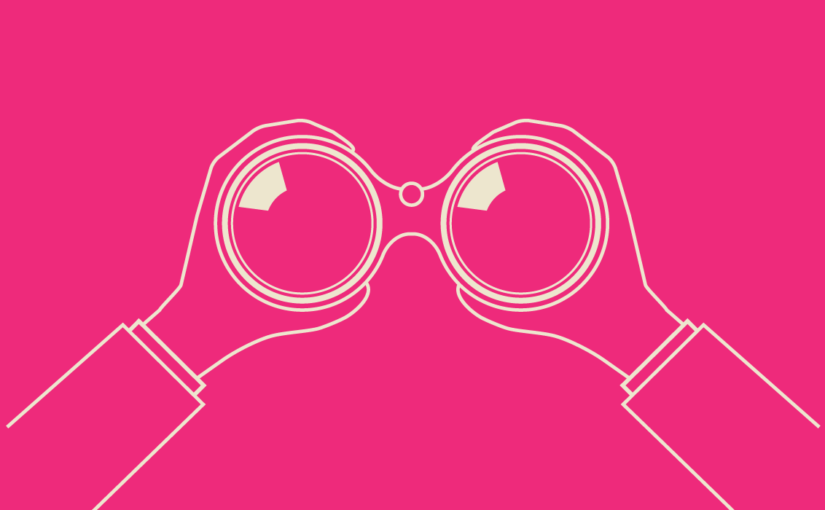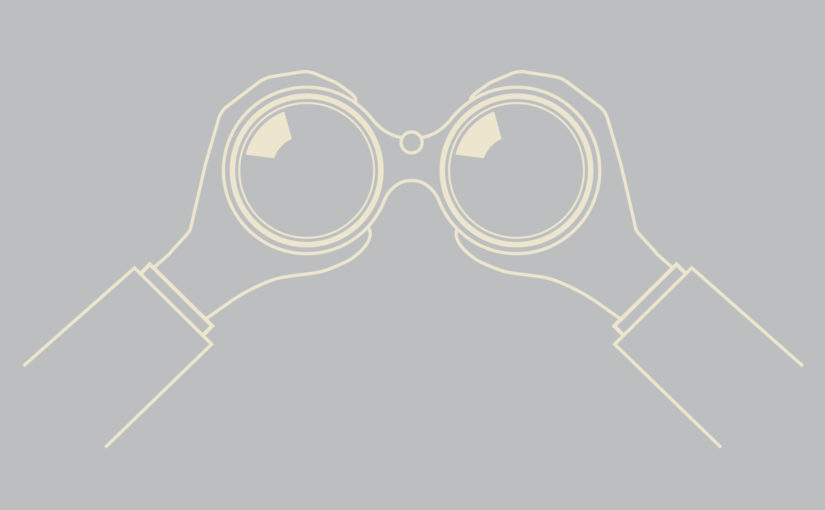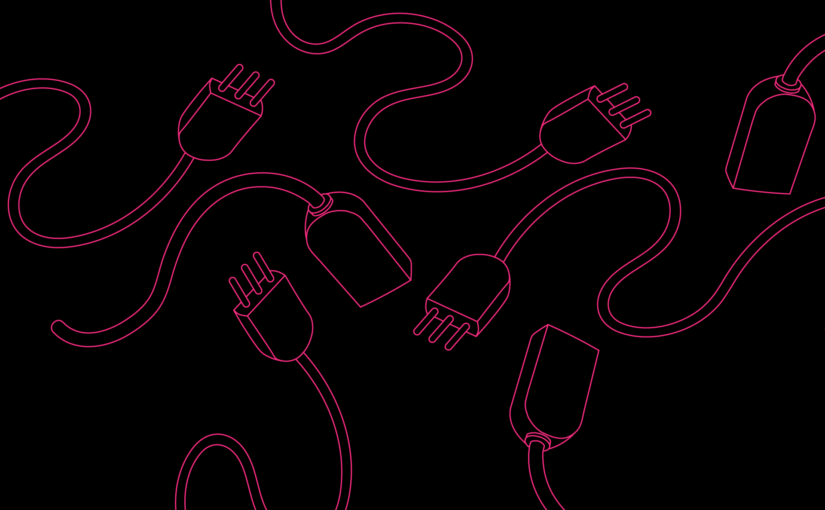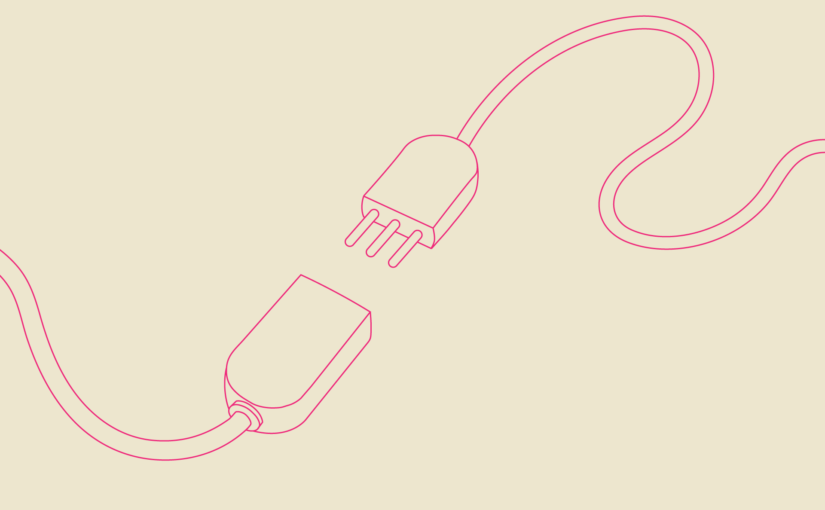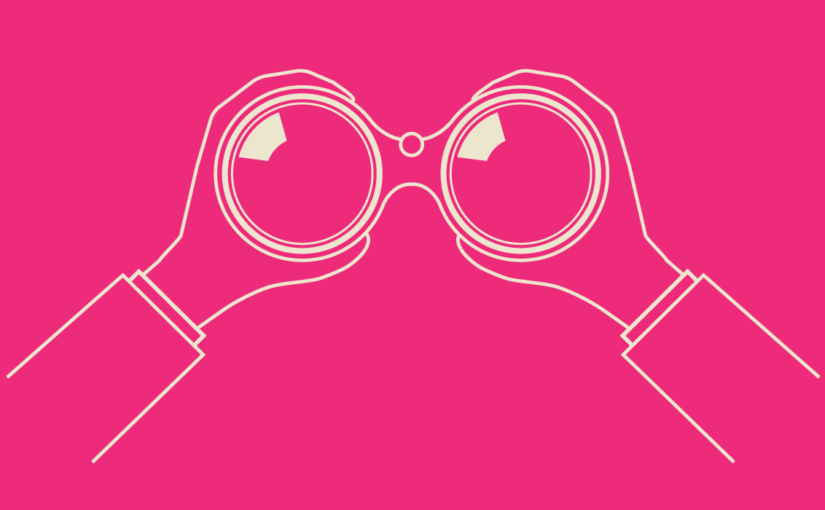Ralph Waldo Emerson said, “We learn something new everyday.” I agree. Today I have learned that I am a horrible client.
Why? Read on, dear friend.
When working with clients to build or rebuild brands, we start with a workshop to discover everything we can about where our client is now, where they want to be instead and why. This workshop has structure, but at the same time, it is a fluid exercise. We encourage clients to share anything and everything that comes to mind as we serve them small prompts, like Venus and Serena’s dad serving them balls, that they run for and hit repeatedly using a million different muscles. But never fear; we don’t make clients run, and no hand-eye coordination is necessary to attend our workshops.
Why do we have workshops and not worksheets? You ask because your time is precious and you never have enough.
We lead workshops either remotely or in-person to activate the collective energy of humans gathering and thinking together. In brand strategy, this is called collective effervescence. How often have you been in a meeting, discussing a project, and amid this loosely structured meeting, you have an idea? Would you have had that same idea on your own? At your desk? While filling out yet another form?
We think not.
We believe the world needs fewer forms and more human interaction.
More structure with a lot of space built-in for sharing, thinking together about specific ideas, dreams, goals, behaviors, data, learning, cultures and movements, history, the future, and results. When we think together, in a safe environment, we have one rule and one only. The rule improv uses for comedy is, “Never say no.” When someone shares something, you add your ideas, memories, or knowledge building on what was shared. This process diminishes the fear of failure and builds trust and collaboration, making it easier for people to be vulnerable and express ideas. The result is collective positivity and a safe space for sharing, creativity, and innovation.
So, why are we a bad client? Or why am I, Marni, a bad client? Because I hired someone to help us think about our brand. I have confidently and successfully done this for clients, but I am wrestling with the process for our brand. The first step was a worksheet to fill out. That worksheet is still blank. I haven’t done my homework, and in fact, I lost my it. Yikes. I need more help with branding than any of the clients at Seed Agency right now.
I am now going to go back to working on my worksheet. But if you feel like it’s time to think about how well your brand is connecting with your intended audience, let’s talk. I would rather help you than fill out this worksheet.
Photo by Patrick Perkins on Unsplash




